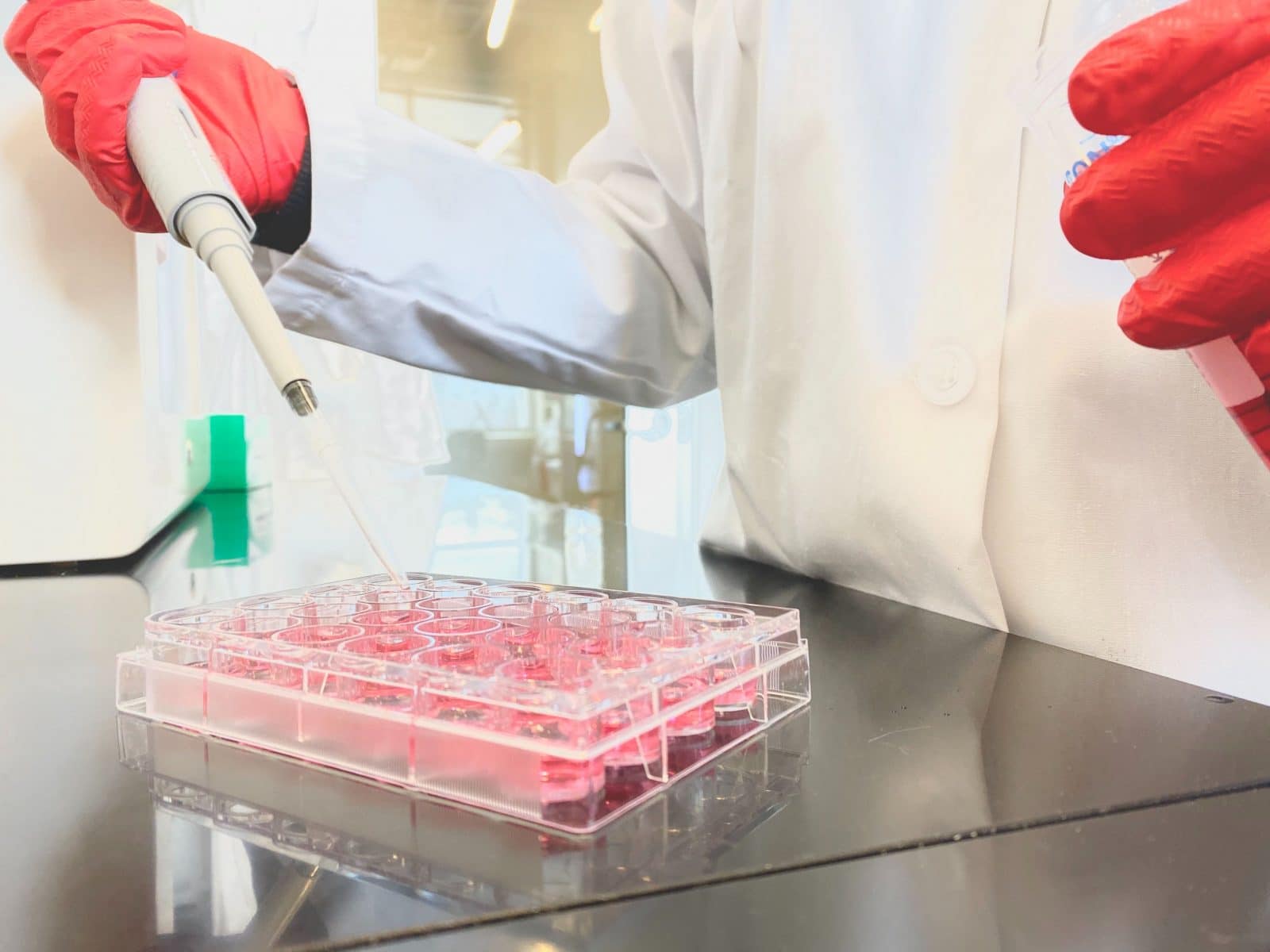

Overview
Spheroids are significant 3D in vitro models often used as a more physiologically relevant alternative to 2D cell culture. For an automated and standardized method of making spheroids, follow our spheroid bioprinting protocol. This protocol, however, will walk you through the process of making spheroids through pipetting, which can be used as one of your experimental groups for a bioprint study.
Materials
- Cell Flasks
- Cell Culture Medium
- Sterile tissue culture flasks or culture dishes of choice
- ReagentPack™ Subculture Reagents
- Trypsin/EDTA
- Trypsin Neutralizing Solution (TNS)
- HEPES Buffered Saline Solution (HBSS)
- Centrifuge Tubes
- Centrifuge
- Micropipettes
- Micropipette Tips
- Microscope
- Incubator (37˚C, 5% CO2)
- Timer
- 70% Ethanol
- Kimwipes
- Vacuum Bottle
- PureCol® (optional)
- Ice Bucket (for optional PureCol®)
Methods
- Warm cell medium, ReagentPack™ reagents to 37˚C in the water/bead bath;
- Add HBSS to your dish of choice;
- Note: We recommend a volume of 0.2 mL per dish unit area (cm2).
- Using ECM in your spheroids can oftenimporve the quality of the spheroid and quicken the spheroid formation, neutralize PureCol® following this protocol and keep it in ice to prevent it from prematurely gelling; PureCol will form a gel at room temperature and it will be impossible to pipette;
- Follow this protocol to passage cells and this protocol to count cells;
- Add media to adjust to your desired cell concentration. We recommend a concentration of 2.5 million cells/mL;
- Note: if you are using PureCol®, prepare this solution at double of your final desired concentration.
- If you wish to use PureCol®, mix equal parts of PureCol® and cell solution in a sterile centrifuge tube;
- Note: always pipet PureCol® into the centrifuge tube first, then add cell solution.
- Pipette 15 µL drops of your working solution on the inside of the lid of your dish;
- After covering your dish lid with droplets, place the lid back onto the base of your dish to create hanging drops;
- Note: the HBSS you have added will maintain the hanging drops hydrated.
- Place the samples into the incubator without disturbing the hanging drops;
- Culture for your desired incubation period.

